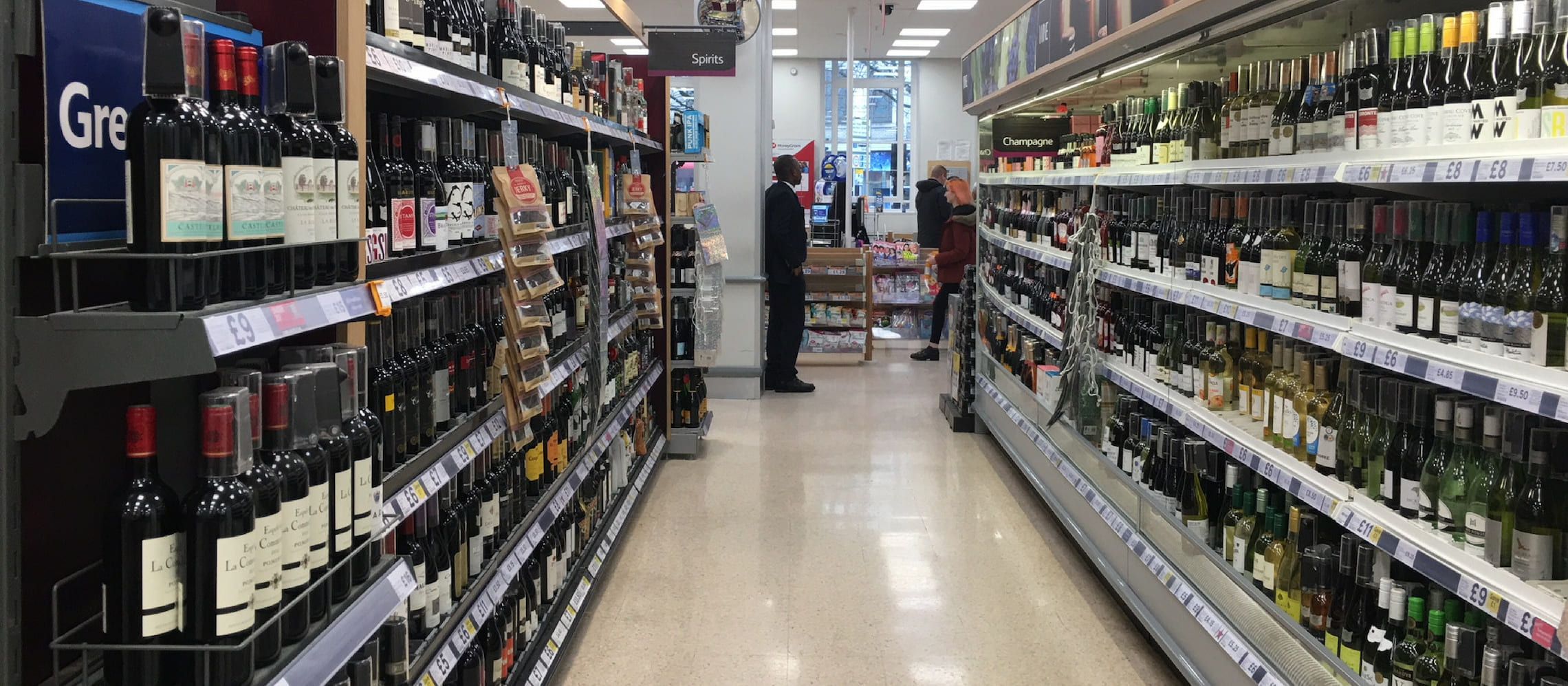Early Bird Deadline
30 November 2025
Judging
Date
23 & 24 March 2026
Winners Announcement
22 April 2026
30 November 2025
23 & 24 March 2026
22 April 2026

If you look at the overall sales of wine in the UK retail sector then you might think it is a pretty depressed market. The overall wine retail market is slightly in decline (down 1.1% by volume) and would be down further if it was not for the phenomenal performance of sparkling wine, driven by Prosecco, in recent years, which was the only category in growth last year, up 8.7% by value and 6.2% in volume (Source: Accolade). That said all wine sales, including sparkling wine, still turned over £6.6bn in 2017 and the UK is the sixth largest market for wine in the world (Source: WSTA).
The 60% per cent of UK adults who drink wine also have a much bigger choice where they can now go and buy wine compared to say five years ago when the biggest trend was the number of major off-licence chains that were closing down and going to the wall.
In fact, you could argue the wine retail scene, in terms of the diversity of stores, has never been stronger, with a rejuvenated independent wine merchant scene really offering a completely new market for producers to sell their wines and for wine lovers to go and buy them.
There are an estimated 800 plus quality independent wine merchants now in the UK, all looking to offer a dedicated wine service to their customers. Crucially for most of these type of specialist retailers it is not just about the wines for sale on the shelf, but what they have open to try, what events they are hosting and the number of masterclasses and special tasting events they are putting on to give customers experiences they can remember and share with their friends.
Here the average price for a bottle of wine is well above the overall retail average of £5.50, and it is to the independent sector where we can look for the most innovation taking place across the overall retail sector.
In particular, the rise there has been in so-called hybrid wine merchants that are a part store, part wine bar, part restaurant. These were first pioneered over 10 years ago by the likes of The Sampler and Vinoteca in London where customers could go and either help themselves and try different wines via automatic tasting machines, or they could pick up a bottle and sit down and drink it, with a bit of food in the shop.
In recent years there has been a boom in wine merchants looking to offer both retail sales and a sit-down wine bar experience. London has led the way with the arrival of a number of specialist merchant and bar chains including Vagabond Wines, Humble Grape, Bottle Apostle and Borough Wines. In fact, these chains have become so popular that Humble Grape has been able to fund its expansion through a series of crowdfunding campaigns.
Whilst wine is the main draw at these outlets, they have also become well known for their craft beers and spirits offers too. Vagabond has gone the extra mile by even opening its own urban winery at one of its most recent stores close to London’s Battersea Power Station.
Elsewhere on the high street, there has also been strong growth in the wine offer available in local convenience stores who are increasingly working with major wine brands to offer them a strong route to market. Here they can use the stores’ convenient location to push a more premium price point and it is proving to be a good channel to help drive and trial new products and packaging innovations.
Wine is a key category for convenience stores if they are to attract their share of those consumers who are increasingly looking to top up shop during the week.
Canned wine, for example, that can be bought and drunk almost immediately has proved itself to be a success in the convenience channel in the last year. C-stores have also been good testing grounds for smaller sized bottles, pouches and boxed wine. Lower alcohol wine brands have also done well in the convenience channel as an increasing number of consumers look to cut back on their wine intake during the week.
The rise of the hard German discounters, Aldi and Lidl, has also been good news for wine sales in the UK. Both have enjoyed impressive double-digit growth increases in the last three years in multiple sectors that is mostly in decline and now hold around 15% of the overall grocery market, compared to under 10% five years ago.
What’s particularly exciting for the wine sector is that the discounters see wine as a hero category to attract more premium spending shoppers to their stores. So rather than look to offer the lowest prices, the discounters are actually looking to boost their wine ranges and have brought in Masters of Wine to help select and promote a vastly improved offer.
The majority of wine sales, however, still go through the major supermarkets and it is how the likes of Tesco, Asda, Sainsbury’s, Morrisons and the Co-op sell wine that ultimately effects how the industry is doing as a whole.
Here the price is still the number one factor in deciding on what gets on the shelf, but encouragingly the biggest growth area, up 23.7%, was in the £7 to £9.99 price band, according to Accolade Wines 2017 wine report.
The major retailers are also experimenting with different formats and are starting to offer more 50cl size bottles to appeal to shoppers looking to cut down their wine consumption during the week. Particularly as Accolade Wines research also shows over a third (39%) of people would drink more wine if there was a greater choice of bottle sizes available.
Then there are larger wine specialists chains, driven by Majestic and to a lesser extent Oddbins, that are picking up the mantle of the independents to offer bigger, better ranges of wine that can take customers up through the price points. These chains have become much more focused on how they attract and bring in both existing and new customers to their stores using email and targeted campaigns that use a combination of exciting new products and promotional campaigns to drive recruitment.
The online wine market is also now very influential with most specialist operators running a multi-channel approach where they combine their high street sales with an online offer too. Easier payment systems and a bigger pick up by consumers, in general, to buy goods online mean wine has become a trusted and popular category for online retailing.
- Where Are the Opportunities in the On-premise UK Wine Sector
- How Can Wine Suppliers Help UK Wine Retailers Drive More Sales

Richard Siddle is an award-winning business editor with over 25 years of experience working across a number of fields including computing, FMCG, grocery and convenience retailing, travel and for the last 10 years wine and spirits. Richard now runs his own business website, The-Buyer.net, that looks to offer insight and analysis for the premium on-trade.
Show your wines where it matters. Get your products tasted by top sommeliers, buyers and experts at the London Competitions — enter now.